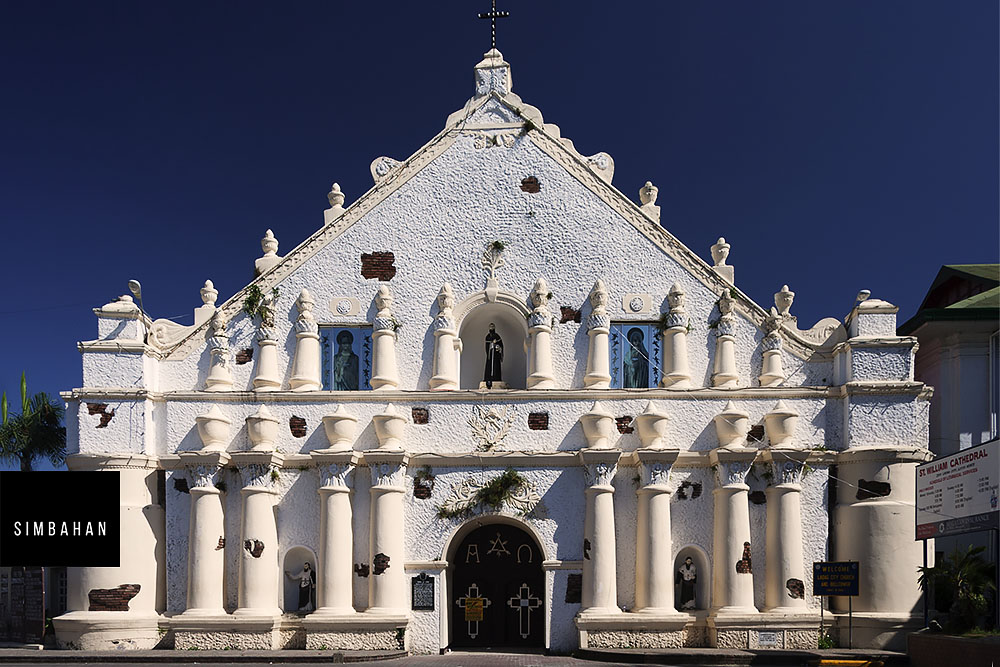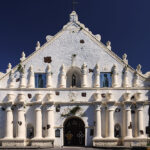
The term “simbahan,” originating from pre-Hispanic rituals, underwent a significant transformation during Spanish colonization in the Philippines. These structures started as temporary, honoring lesser deities, but eventually evolved into permanent places of worship, now known as Philippine churches.
With the arrival of Spanish missionaries, indigenous inhabitants converted to Christianity, leading to the establishment of Christian communities. The Spaniards implemented the reducciones system, consolidating scattered settlements into organized towns and cities. This initiative not only facilitated Christianization but also laid the foundation for the prominent role of Philippine churches in shaping local societies.
Throughout centuries, Philippine churches stood as emblems of faith and authority, silently witnessing the triumphs and struggles of the Filipino people. Their grandeur and significance reflected a fusion of Spanish architectural influences with local craftsmanship, resulting in a unique manifestation of Baroque style known as “Peripheral Baroque.”
Endangered Philippine churches
Despite their cultural and historical importance, many Philippine churches face threats of destruction and neglect. Eager parish priests and parishioners often undertake modernization efforts, unintentionally erasing centuries-old artistry and architectural features. Contemporary alterations threaten to replace or obscure original elements like intricate façades and ceiling paintings.
The urgency to conserve these historic treasures is evident. They represent tangible links to the nation’s past and serve as vital markers of Filipino identity. Preservation efforts must involve collaboration among various stakeholders, including government agencies, religious institutions, heritage advocates, and local communities.
Recognizing and conserving Philippine churches ensures future appreciation of their cultural significance. It’s crucial that we protect and maintain these architectural gems to avoid them becoming mere relics of the past.
In conclusion, Philippine churches embody the nation’s resilience and creativity in its history and heritage. Preserving their legacy honors our shared cultural heritage for future generations. By safeguarding these sacred structures, we preserve a tangible connection to our past, ensuring that the stories they hold continue to inspire and enrich the lives of Filipinos for years to come.

